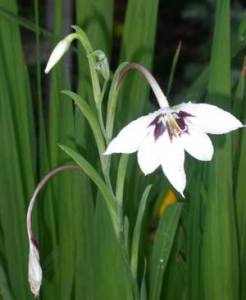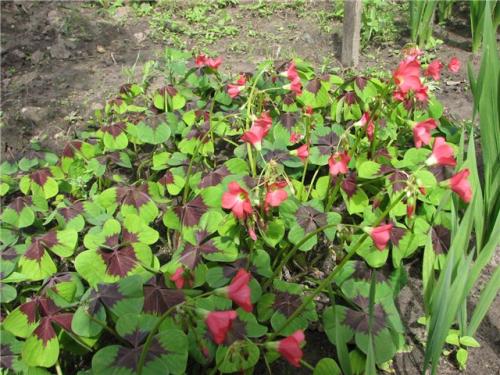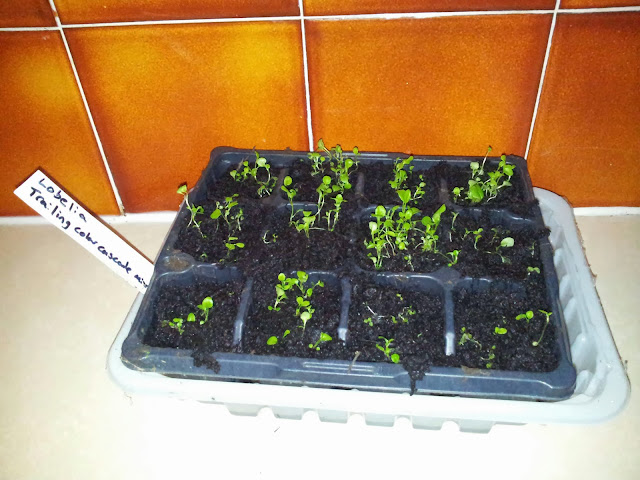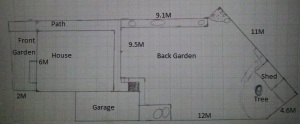Herbs
This is my herb garden I have 2 pots of Mint which have 3 types of mint in them. Apple mint, Spear mint and a Lemon mint (or lemon balm).
Lemon balm
Scientific name: Melissa officinalis
Mentha suaveolens, apple mint, woolly mint or round-leafed mint is a member of the mint genus Mentha that ranges through southern and western Europe and the western Mediterranean region. Wikipedia
Spearmint or spear mint is a species of mint native to much of Europe and southwest Asia, though its exact natural range is uncertain due to extensive early cultivation
Scientific name: Mentha spicata
Rank: Species
I have just invested in some curley parsley, rosemary, thyme and lemon thyme.
Parsley or garden parsley (Petroselinum crispum) is a species of Petroselinum in the family Apiaceae, native to the central Mediterranean region (southern Italy, Algeria, andTunisia), naturalized elsewhere in Europe, and widely cultivated as a herb, a spice, and avegetable.
I have just invested in some curley parsley, rosemary, thyme and lemon thyme.
Thymus citriodorus (Lemon thyme or Citrus thyme) is a lemon-scented evergreen mat-forming perennial. There has been a great deal of confusion over the plant's correct name and origin. Recent DNA analysis suggests that it is not a hybrid or cross, but a distinct species as it was first described in 1811
Thymus vulgaris (common thyme, garden thyme or just thyme) is a species of flowering plant in the mint family Lamiaceae, native to southern Europe from the western Mediterranean to southern Italy. Growing to 15–30 cm (6–12 in) tall by 40 cm (16 in) wide, it is a bushy, woody-based evergreen subshrub with small, highly aromatic, grey-green leaves and clusters of purple or pink flowers in early summer.[1]It is useful in the garden as groundcover, where it can be short-lived, but is easily propagated from cuttings.[1] It is also the main source of thyme as an ingredient in cooking and as an herbal medicine.


















